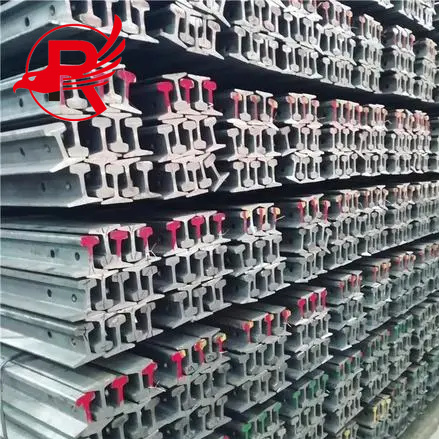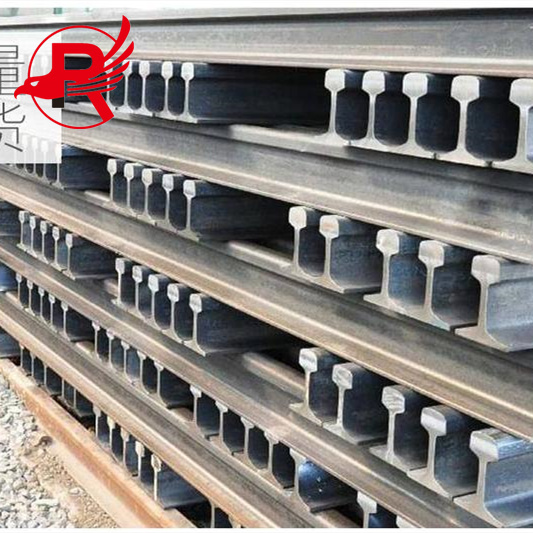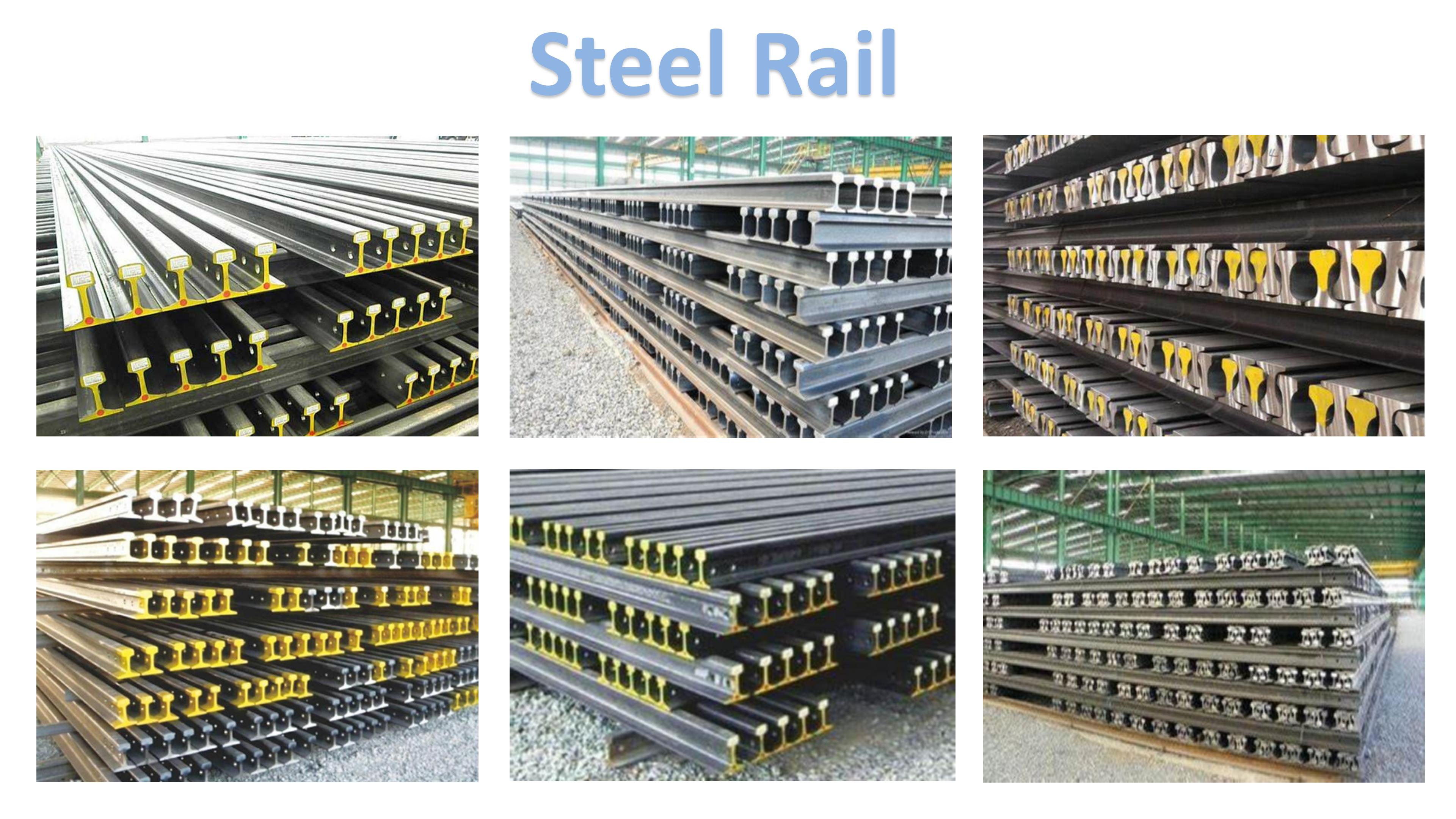Steel rails have played a crucial role in shaping the world’s infrastructure, revolutionizing transportation and enabling the growth of economies. From the early days of the Industrial Revolution to the modern era, the evolution of steel rails has been a testament to human ingenuity and engineering prowess.
The history of steel rails can be traced back to the early 19th century when the demand for efficient transportation systems spurred the development of railroads. Prior to the introduction of steel rails, wooden rails were commonly used, but they were prone to wear and tear, limiting the speed and capacity of trains. The advent of steel rails marked a significant advancement, as they offered superior durability and strength, allowing for the expansion of railway networks and the transportation of heavier loads.


During the Industrial Revolution, the production of steel rails underwent significant advancements, thanks to innovations in steel manufacturing processes. The Bessemer process, developed in the 1850s, revolutionized the production of steel by enabling the mass production of high-quality steel at a lower cost. This breakthrough paved the way for the widespread adoption of steel rails, as they became more affordable and accessible for railway construction projects.
The durability and resilience of rails have been instrumental in facilitating the growth of industries and commerce. The ability of steel rails to withstand heavy loads and harsh environmental conditions has made them indispensable for the transportation of goods and passengers across vast distances. As a result, railway systems have become integral to the global economy, serving as a lifeline for trade and commerce.
In the modern era, the evolution of steel rails continues to unfold, driven by advancements in materials science and engineering. The development of high-strength steel alloys and advanced manufacturing techniques has further enhanced the performance and longevity of steel rails. These innovations have enabled the construction of high-speed rail networks and the expansion of railway infrastructure to meet the demands of a rapidly evolving world.

The importance of steel rails in modern infrastructure cannot be overstated. They form the backbone of transportation systems, connecting cities, regions, and countries, and facilitating the movement of people and goods. Moreover, steel rails contribute to sustainability efforts by offering an energy-efficient mode of transportation, reducing carbon emissions and alleviating traffic congestion.
Looking ahead, the future of steel rails holds promise for even greater advancements. Research and development efforts are focused on enhancing the efficiency and sustainability of railway systems, with a keen emphasis on reducing environmental impact and improving operational performance. From the adoption of innovative rail technologies to the implementation of smart infrastructure solutions, the evolution of steel rails is poised to continue shaping the landscape of transportation and logistics.
In conclusion, the evolution of steel rails has been a remarkable journey, from their humble beginnings during the Industrial Revolution to their pivotal role in modern infrastructure. As a testament to human innovation and progress, steel rails have transformed the way we connect and move, laying the tracks for a future of sustainable and efficient transportation.
Address
Bl20, Shanghecheng, Shuangjie Street, Beichen District, Tianjin, China
Phone
+86 13652091506
Post time: May-10-2024
